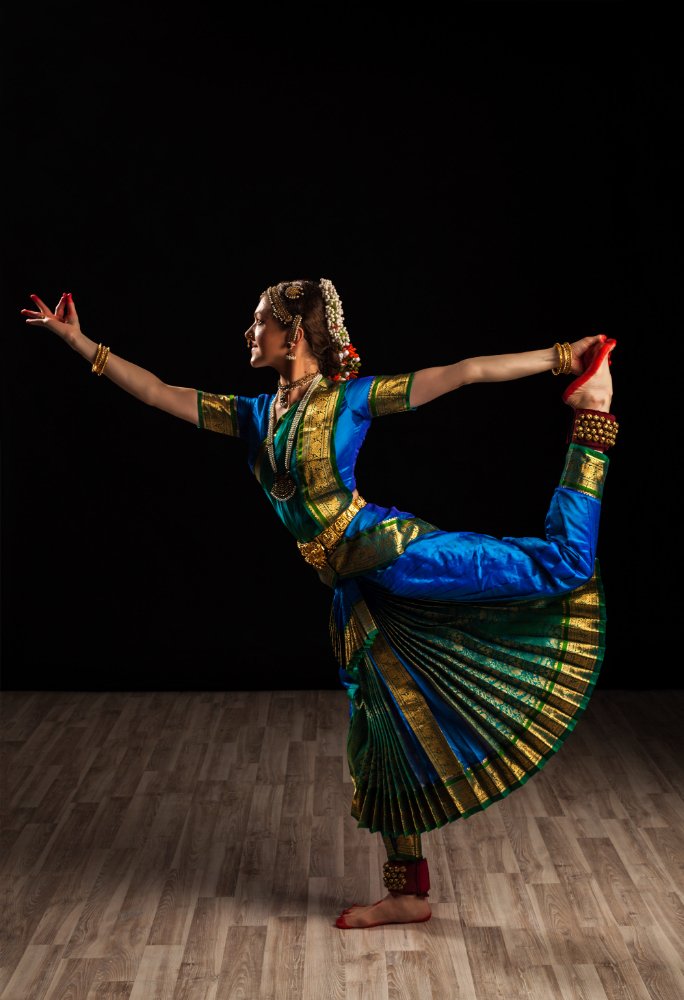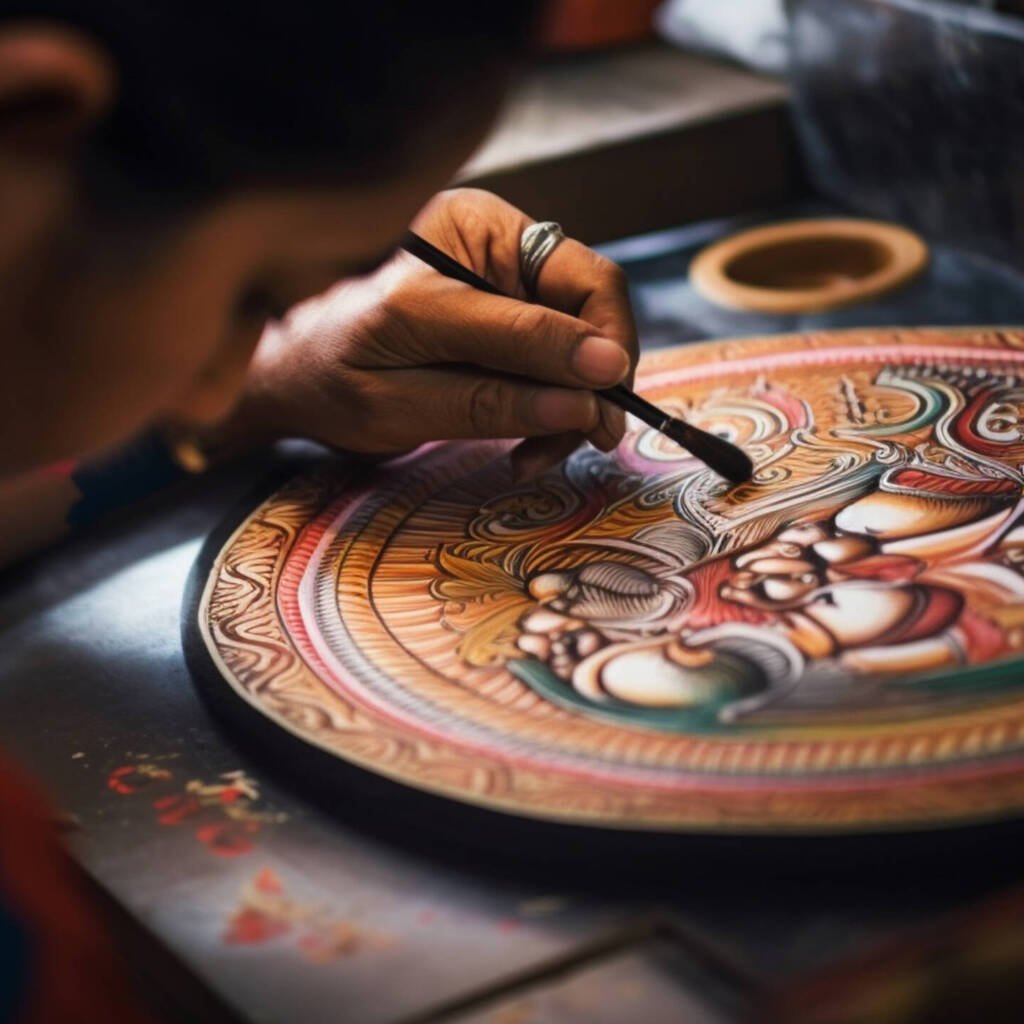Integrating Music, Craft, and Humanities to Foster Holistic Thinking
In an age where speed is mistaken for progress and test scores often define intelligence, education risks losing its essence. We have mastered the art of producing specialists, yet forgotten how to nurture whole human beings. Children today are often taught to dissect knowledge into isolated disciplines—math in one box, history in another, and creativity left as an optional extra. But true learning is not fragmented. It is woven—like a rich, intricate tapestry where each thread holds meaning only when it’s connected to the whole.
This is where interdisciplinary learning—especially through the lens of arts and culture—becomes not just relevant, but essential. It reminds us that education is not a checklist of subjects to be completed, but a journey of awakening, expression, and integration.
The Poverty of Siloed Learning
Today’s classrooms, while increasingly digitized, are often dehumanized. A student might solve algebraic equations with precision, yet struggle to understand rhythm in poetry. Another might ace science exams but feel alienated from their heritage and values. This divide—between cognition and emotion, information and imagination, skill and soul—is growing dangerously wide.
The problem is not the subjects themselves, but the disconnect between them. Education that isolates disciplines fails to reflect the way life is actually lived. It produces sharp minds but not sensitive hearts. It fosters efficiency but not empathy. And in doing so, it limits the vast human potential for creativity, compassion, and consciousness.


The Arts: A Portal to Integrated Thinking
When we integrate music, craft, and the humanities into the learning process, we don’t just make it more engaging—we make it more alive. The arts are not a detour from serious learning; they are the very mediums through which serious learning happens.
-
A child learning rhythm in classical music is grasping mathematical precision without realizing it.
-
A handloom weaving project can spark conversations about geometry, livelihood, sustainability, and history.
-
A theatrical enactment of an epic fosters collaboration, emotional expression, moral reasoning, and historical context—simultaneously.
In this approach, the classroom transforms from a space of instruction to a sanctuary of integration. Knowledge ceases to be a burden and becomes a dance—between mind and hand, thought and feeling, tradition and inquiry.
Ancient Wisdom, Modern Relevance
The idea of integrating disciplines is not new. In the heart of Bharat’s civilizational ethos, learning was never fragmented. The gurukul system harmonized logic with aesthetics, science with philosophy, and practical skills with inner reflection. A student of music would study mathematics, philosophy, and ethics; a craftsman would be versed in nature, community, and spirituality.
This was not an accident. It stemmed from the Indic worldview that perceived life as interconnected and knowledge as a sacred path to self-realization—not just a ladder to material success.
Modern education would do well to remember this legacy—not to imitate it blindly, but to revive its spirit with contemporary tools, technologies, and pedagogies. It is in this synthesis of the timeless and the timely that true transformation lies.
The NEP 2020 Vision: A Turning Point
India’s National Education Policy 2020 boldly recognizes this need for holistic, experiential, and value-based learning. It encourages integration across disciplines, the inclusion of arts and vocational education, and the nurturing of 21st-century skills like creativity, collaboration, and critical thinking.
But the vision will remain ink on paper unless educators breathe life into it.
Interdisciplinary learning through arts and culture is a powerful pathway to actualize this vision. It moves us from rote to reflection, from competition to co-creation, from fragmented syllabi to meaningful experiences. It enables learners to not just answer questions, but to ask profound ones.
For the Child of Today and the World of Tomorrow
Today’s learners are not just preparing for careers—they are preparing to shape the world. A world that will demand more than marksheets: it will demand empathy, adaptability, vision, and wisdom.
Interdisciplinary learning cultivates exactly these qualities. It enables a child to see patterns across subjects, cultures, and systems. It allows them to think not just in answers, but in possibilities. It teaches them to feel deeply, think clearly, and act ethically.
A student who composes music inspired by rivers learns not just melody but also environmental science and emotional expression. A learner who paints historical moments begins to internalize the triumphs and tragedies of human civilization. Such a student doesn’t just learn—they become.
Reimagining Our Schools and Classrooms
This vision calls upon educators to be more than transmitters of knowledge—they must become designers of experiences. Schools must evolve into ecosystems where storytelling, sculpture, science, and sensitivity coexist. Timetables must make room for theatre; curricula must embrace the crafts of our land. And children must be given not just textbooks, but canvases, instruments, tools, and time.
Let us also look beyond English and STEM-centric models and celebrate the vast artistic and cultural wealth of our diverse regions. Let our classrooms echo with folk songs, local legends, regional crafts, and community knowledge systems. Let us empower children not just to know, but to belong.
A Sacred Commitment
Education is not merely a transaction of facts. It is a sacred commitment—to draw out the latent divinity in every child. Integrating arts and culture into the learning process is not just about enriching lessons—it is about reclaiming the soul of education itself.
This is our call—to awaken a generation that thinks with logic, feels with depth, creates with joy, and lives with purpose.
Let us dare to teach differently. Let us strive not just to produce workers for industries but guardians of beauty, wisdom, and humanity.
In this confluence of disciplines, we rediscover the real meaning of learning—not as preparation for life, but as life itself.



